So-called natural disasters are not unpredictable
No two earthquakes in the world cause equal damage, according to scientists. This is particularly true in Latin America, a land of contrasts.
Whereas in 2010, an earthquake measuring 7 on the Richter scale ravaged Haiti, claiming nearly a quarter of a million lives, a few weeks ago in Mexico, an earthquake of similar magnitude (7.4) caused only a few cracks and minor injuries.
In the event of so-called natural disasters -- whether these refer to earthquakes, hurricanes, landslides or floods -- preparedness can mean the difference between simply a shock and tragic consequences for the population.
Although nothing can be done to prevent these natural hazards, disastrous consequences are not inevitable.
In recent decades, Latin America has made significant strides in understanding and managing natural phenomena.
Chile, Colombia and Costa Rica are some of the countries in the region that have followed Mexico’s example by improving their capability to predict some risks, prepare for and manage emergencies. For the most part, fewer people die from natural hazards in the region today than they did just a decade ago, largely due to improved policies for disaster management, early warning systems and organization of emergency response.
Nevertheless, as opposed to the reduction in human losses, economic losses from disasters have experienced an upward trend in all countries of the region. The global reinsurance industry estimates that if current trends continue, economic losses from disasters will double every decade.
For example, in Colombia, which has one of the region’s best national risk management systems, the number of households affected by disasters has increased by 10 percent annually over the past two decades.
Most Latin American economies are still extremely vulnerable to natural hazards. With few exceptions, governments in the region do not budget for the potential impact of these hazards, which means that they have the very real possibility of facing a disaster, with significant consequences for their economies.
The need for disaster preparedness is especially urgent in the context of climate change. The countries best prepared for disasters today will also be the ones best prepared for future disasters. Climate models still cannot accurately predict the patterns and extent of changes in ocean levels or the intensity and frequency of rainfall, and, consequently, the frequency and intensity of floods and droughts on a small geographic scale. It is therefore crucial to have systems in place and to make the institutional and cultural changes needed to manage natural hazards in the future.
The World Bank study "The Economics of Adaptation to Climate Change" estimates that the cost of adapting to an expected temperature increase of 2°C by 2050 ranges from US$ 70 billion to US$ 100 billion per year. For Latin America and the Caribbean, the annual cost could range from US$ 15 billion to US $ 21 billion. For the decade ending in 2019, these figures represent up to 0.27 percent of regional GDP.
The smaller nations of Latin America and the Caribbean are especially at risk. Their governments and citizens should take these risks seriously to ensure sustainable growth and poverty reduction.
There should be more emphasis on creating awareness that the lack of planning and insufficient attention to the issue on the regional development agenda constitute the main threats in terms of natural disasters. Many countries have been addressing this issue in a responsible manner, however. The World Bank accompanies these efforts with technical assistance and financial support for risk prevention in Haiti, Brazil, El Salvador and Peru, to name some recent examples. These countries have established programs for building safer housing and infrastructure, providing training in disaster risk management and promoting disaster prevention through the deferred drawdown option for catastrophe risks (CAT DDO).
Disasters do not respect borders, race or social class; nevertheless, they disproportionately affect people living in poverty and developing countries. There is a growing body of knowledge and technological advances that can help the peoples of Latin America and the Caribbean to better understand disaster risk. However, the desire for change must come from individuals and institutions in these countries.
What matters is what people build and where they build it. To the extent that they do so with more prevention awareness, human and economic losses will diminish.
